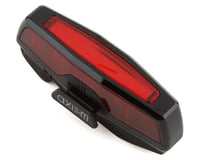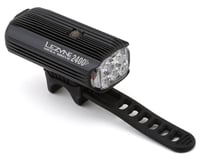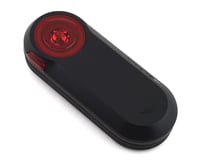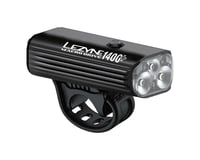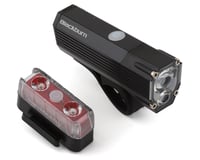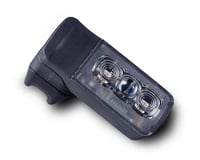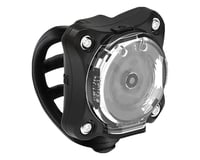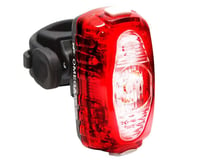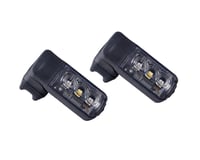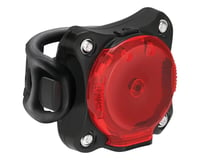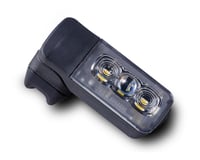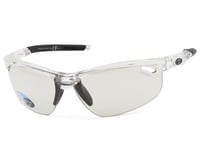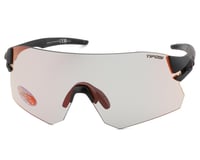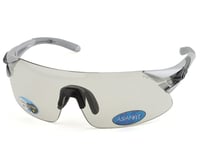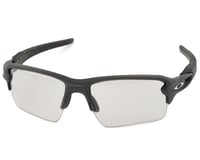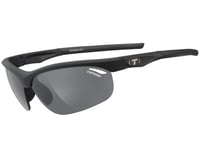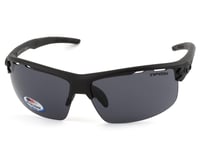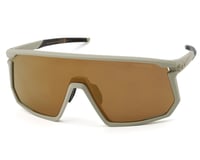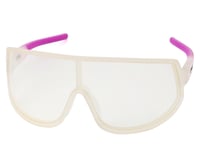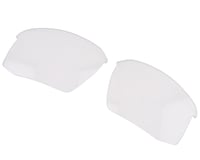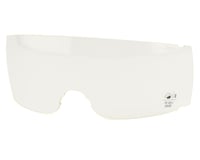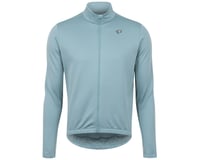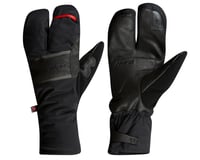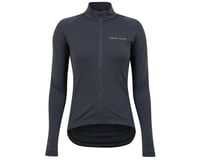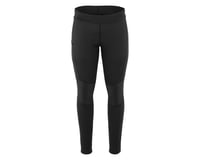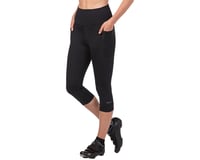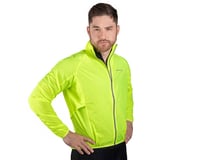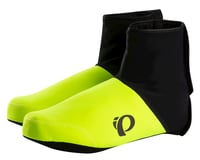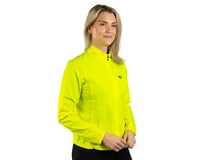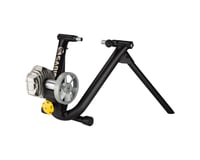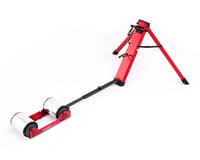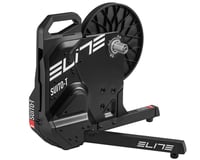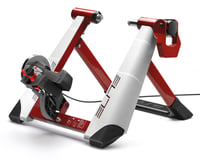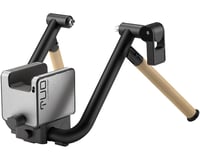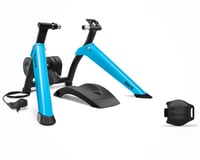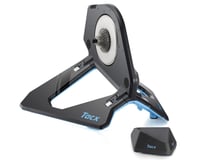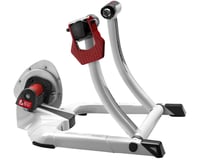How to Bike at Night
Keep Riding as the days get Shorter

Fall is here and daylight hours are getting scarce. But don’t let that slow you down. Here’s everything you need to know to ride into the night.
Lights

Obviously, lights are really important for night riding. If you’re riding in an urban environment, there might be enough street light to get by with a relatively dim headlight; however, for more rural roads, you will want a brighter headlight. Additionally, rougher roads and faster riding speeds will require brighter lights to ride safely. Serious riders should have a headlight with a capacity of at least 500 lumens, that way you can run the light on the medium or low setting and have plenty of battery life.
Lights

Strobe or solid?
A flashing taillight is excellent for visibility in the daylight and at dusk, but when it’s completely dark, some strobing lights can actually make it harder for vehicles to safely pass. Certain strobing effects prevent drivers from accurately judging the distance between them and a rider. When in doubt, set your rear light to solid. Another option is to pair a brighter solid taillight with a dimmer flashing taillight – this makes it so drivers can use the solid light to gauge distance while the flashing light gets their attention.
Route Choice

Just because a ride is good in the day doesn’t mean it’s okay for night riding. At night, it’s even more important to choose routes with low traffic. Sometimes the best nighttime routes are simply a neighborhood loop, a business park circuit, or bike path. Avoid major thruways and stay a little closer to home – you can’t really see much of the scenery anyway.
Glasses

Clear or yellow riding glasses are a must-have for night riding. Cycling glasses are for more than just sun protection – the lenses protect your eyes from dust and debris that can get kicked up from the road. Many cycling sunglasses come with multiple lenses so you can swap them out for night riding.
Clear Glasses
Warmer Clothes

In the Fall, temperatures start dropping faster than before. While it may be comfortable at the beginning of your ride, after sunset, temperatures can rapidly decrease – so get out the winter clothing and dress for the temperature that’s forecasted for the end of the ride.
Winter Clothing
Bright or Reflective Clothing

If you’re shopping for new winter clothing, consider choosing brighter colors and reflective accents. With reflective elements, movement is key to catching the eye of drivers. Reflective socks or reflective shoe covers are perfect for adding a little reflective motion to your kit without spending too much money.
Hi-Vis Clothing
Consider Riding the Trainer

Every rider must have a limit. When the conditions are too dangerous for riding, having a turbo trainer at home provides a reliable way to get fitter without risking injury. When it gets too rainy, too cold, or simply too dark, there is nothing wrong with hopping on the trainer instead. With programs like Zwift and Trainer Road, indoor workouts are often more productive than riding on the open road. Plus, when spring rolls around, you’ll have a head start on everyone else.
Trainers
Explore Further:
Winter Riding Homepage
We’ve compiled all our tips and tricks for staying warm and dry through the winter months.
Read Article

